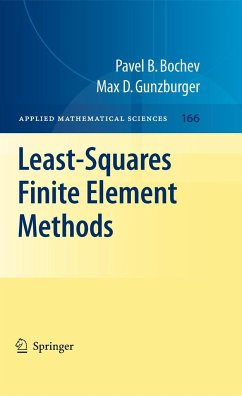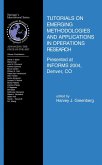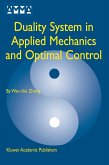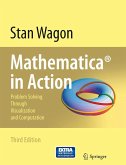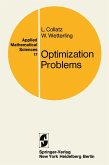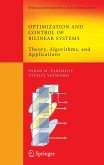Since their emergence in the early 1950s, ?nite element methods have become one of the most versatile and powerful methodologies for the approximate numerical solution of partial differential equations. At the time of their inception, ?nite e- ment methods were viewed primarily as a tool for solving problems in structural analysis. However, it did not take long to discover that ?nite element methods could be applied with equal success to problems in other engineering and scienti?c ?elds. Today, ?nite element methods are also in common use, and indeed are often the method of choice, for incompressible ?uid ?ow, heat transfer, electromagnetics, and advection-diffusion-reaction problems, just to name a few. Given the early conn- tion between ?nite element methods and problems engendered by energy minimi- tion principles, it is not surprising that the ?rst mathematical analyses of ?nite e- ment methods were given in the environment of the classical Rayleigh-Ritz setting. Yet again, using the fertile soil provided by functional analysis in Hilbert spaces, it did not take long for the rigorous analysis of ?nite element methods to be extended to many other settings. Today, ?nite element methods are unsurpassed with respect to their level of theoretical maturity.
From the reviews: "In the book under review, the authors give a unified and comprehensive treatment of least-squares finite element methods and discuss important implementation issues that are critical to their success in practice. ... This book is valuable both for researchers and practitioners working in least-squares finite element methods. ... In addition, others will find it a great reference for learning about the theory and implementation of the least-squares finite element methods." (Tsu-Fen Chen, Mathematical Reviews, Issue 2010 b)

